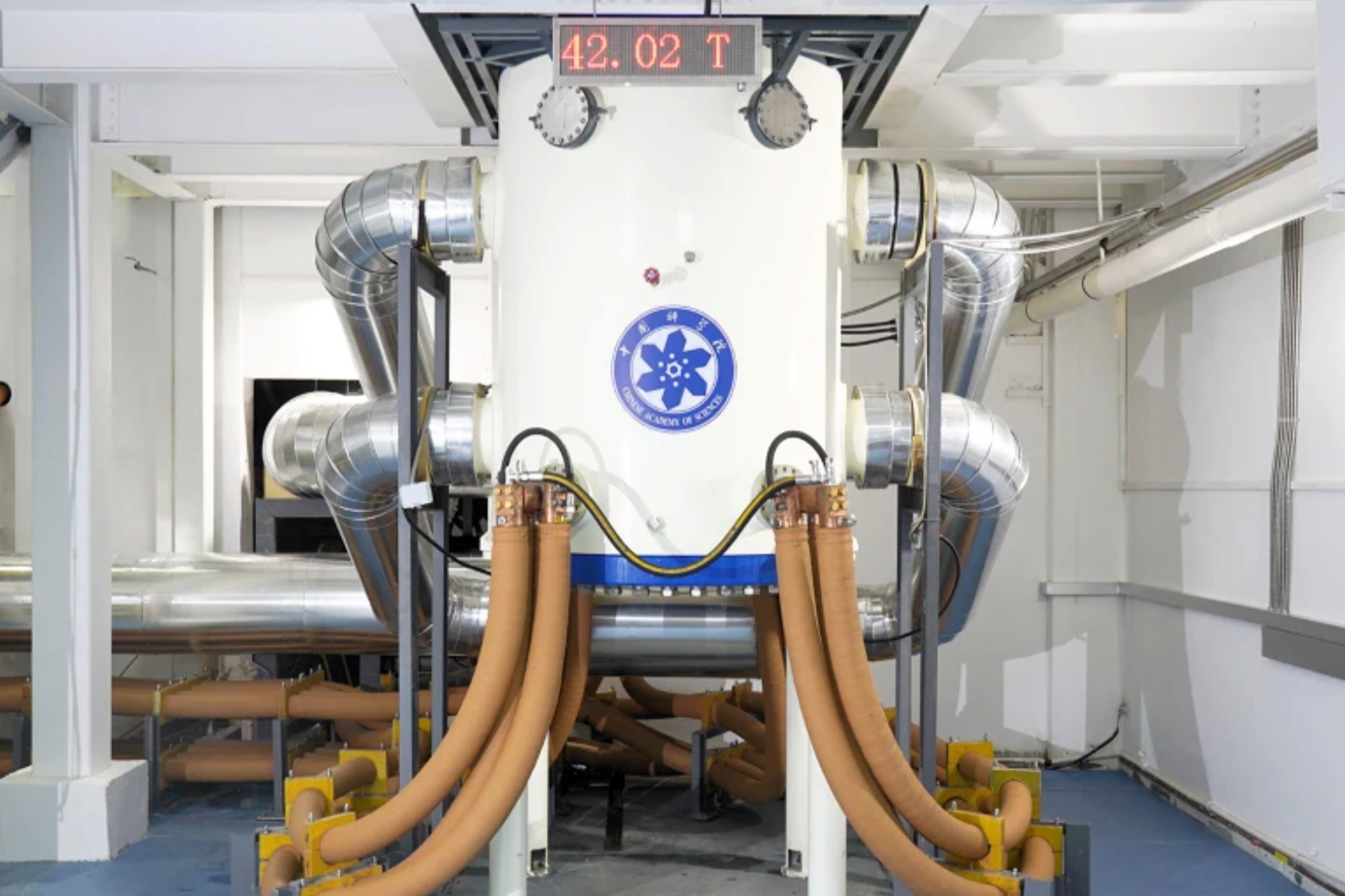China builds the world’s most powerful magnet
Room-sized magnet could lead to new scientific breakthroughs and be used to observe quantum phenomena

Your support helps us to tell the story
From reproductive rights to climate change to Big Tech, The Independent is on the ground when the story is developing. Whether it's investigating the financials of Elon Musk's pro-Trump PAC or producing our latest documentary, 'The A Word', which shines a light on the American women fighting for reproductive rights, we know how important it is to parse out the facts from the messaging.
At such a critical moment in US history, we need reporters on the ground. Your donation allows us to keep sending journalists to speak to both sides of the story.
The Independent is trusted by Americans across the entire political spectrum. And unlike many other quality news outlets, we choose not to lock Americans out of our reporting and analysis with paywalls. We believe quality journalism should be available to everyone, paid for by those who can afford it.
Your support makes all the difference.Scientists in China have built the world’s most powerful magnet, capable of producing a magnetic field 800,000 stronger than Earth’s.
After four years of development, a team from the Chinese Academy of Science’s Hefei Institutes of Physical Science achieved a steady magnetic field of 42.02 tesla for its resistive magnet.
The new world record beat the previous record of 41.4 tesla that was set by researchers at the US National High Magnetic Field Laboratory in Florida in 2017.
The latest record-breaking magnet could lead to unexpected scientific breakthroughs, according to the researchers who developed it, including the observation of new quantum phenomena.
Its massive power has the potential to offer new insights in fields ranging from chemistry and physics, to material and life science, with its creators making it available to international users.
In recent decades there have been more than 10 Nobel prizes awarded to scientific discoveries achieved using a high magnetic field.
One key area for research has been in quantum phase transitions, which help explain the behaviour of electrons under extreme conditions. A better understanding of this field can lead to the development of improved semiconductors that are used in everything from smartphones to solar panels.
The amount of electricity required to produce ever stronger magnetic fields means that one of the key challenges to overcome with a magnet this powerful is the amount of heat it produces.
The 42 tesla resistive magnet requires 32.3 megawatts of electricity to produce the record-breaking field, and is the size of a small room in order to help prevent overheating.
“You’ve got to have a very good science case to justify that resource,” said Alexander Eaton, a condensed-matter physicist at the University of Cambridge, who was not involved in the latest breakthrough. “Every extra tesla is exponentially better than the last.”
Join our commenting forum
Join thought-provoking conversations, follow other Independent readers and see their replies
Comments